Professor and Director
Jack H. Skirball Center for Chemical Biology and Proteomics
Arthur and Julie Woodrow Chair
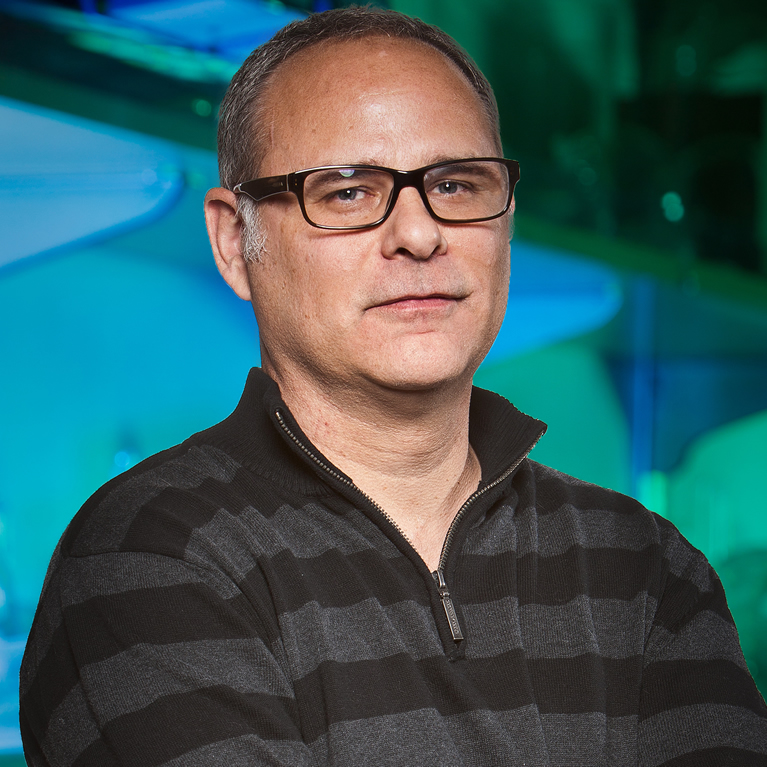
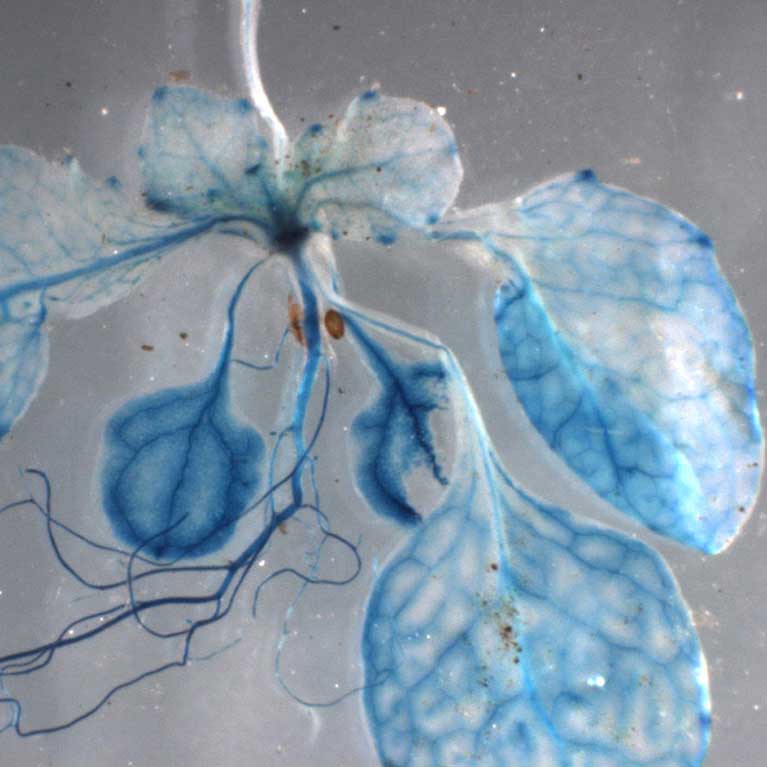
Plants use a remarkable diversity of capabilities to respond to their environment—they can sense light, water, chemicals and even wind flows, and, in turn, speak with other plants and organisms in their environment using the language of chemistry. Over millions of years, plants evolved to harness the energy of the sun, survive in a myriad of challenging environments, absorb carbon dioxide (which most other organisms find toxic) and gather nutrients from decaying life in the soil, all while firmly planted in the ground. But farmers want to further improve how plants grow, fight off pests, generate natural medicines and produce healthy food crops. To improve plants’ health and yield in globally sustainable ways, scientists first need to understand how plants have already optimized their biology and chemistry through the process of evolution over nearly 450 million years.
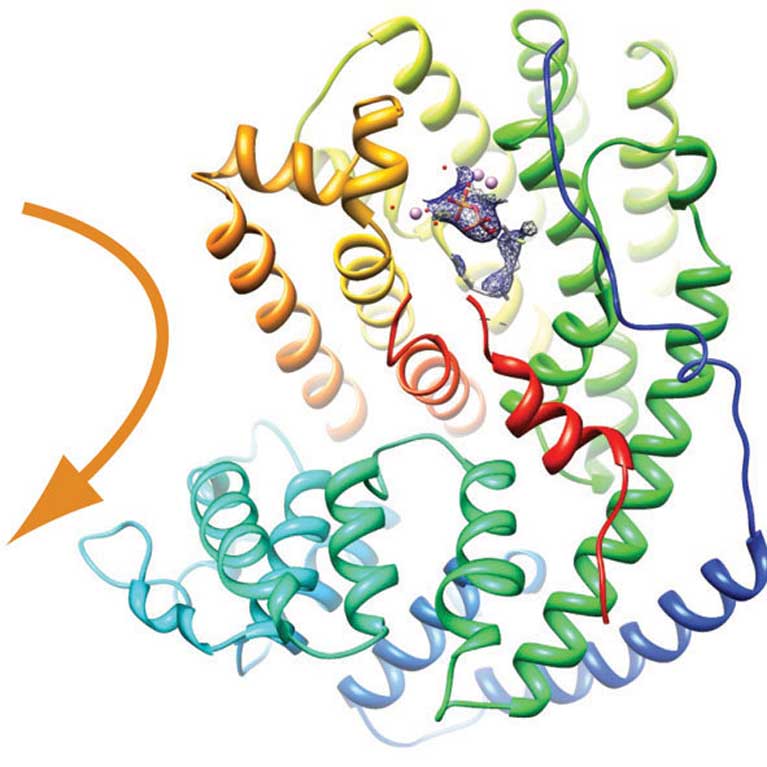
Joseph Noel studies the structure and chemistry of compounds produced by plants as well as how plants have evolved unique ways to make their own specialized products adapted to nearly every ecosystem on Earth. He uses biological assays to test how a plant’s behavior is altered by genetic changes. He also employs chemistry techniques to replicate a plant’s production pathways in the lab. The knowledge he gains includes clues about how to improve plants’ chemical reactions or combat climate change. For example, Noel has pieced the structure of a natural plant polymer known as suberin—aka cork—that is rich in carbon atoms derived from the greenhouse gas carbon dioxide, and that also protects plants from environmental stressors including drought, floods, disease and salt. Because these natural plant molecules are densely packed with carbon atoms and resist decomposition in soils, they enhance the vitality of soils and serve as carbon storage devices to possibly mitigate the deleterious effects of climate change associated with excess atmospheric carbon dioxide.
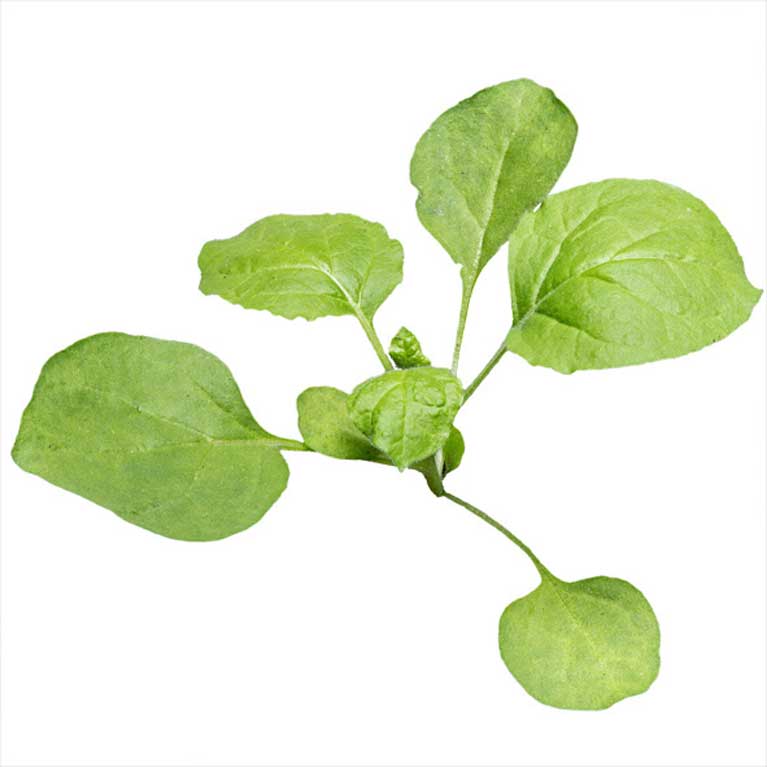
Using tricks he learned from plant biology and biochemistry, Noel engineered the enzyme plants use to make the anti-aging compound resveratrol, commonly found in red wine. This technology has been used to produce resveratrol and related molecules in other plants to arm them in their constant battle against environmental pathogens while offering potential dietary benefits to humans as well.
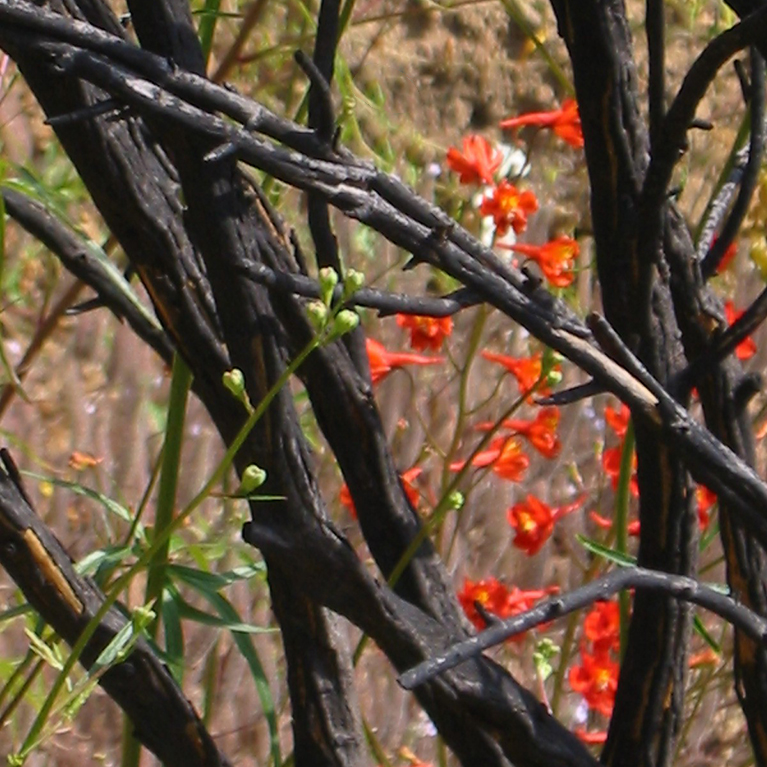
Noel’s group uncovered a more complete chemical structure of a natural carbon storage device found in all plants known as suberin that explains why it resists decomposition and protects plants from a myriad of environmental stresses.
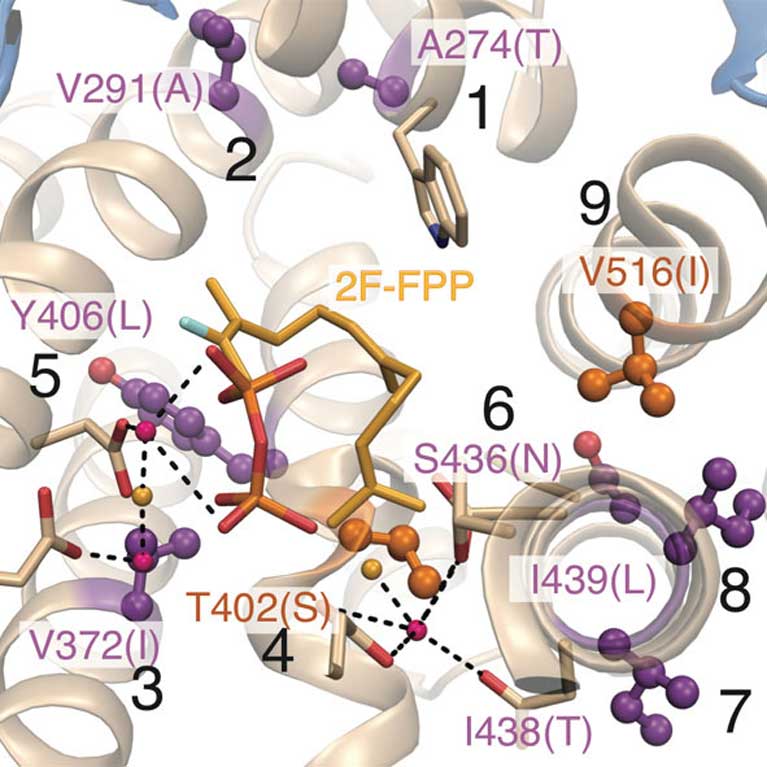
Noel’s team uncovered how an enzyme called chalcone isomerase evolved to enable plants to make products vital to their own survival. The researchers hope that this knowledge will inform the manufacture of products that are beneficial to humans, including medications and improved crops.
BS, Chemistry, University of Pittsburgh at Johnstown
PhD, Chemistry and Biochemistry, Ohio State University
Postdoctoral Fellow, Yale University
Postdoctoral Fellow, National Science Foundation
Postdoctoral Fellow, National Institutes of Health